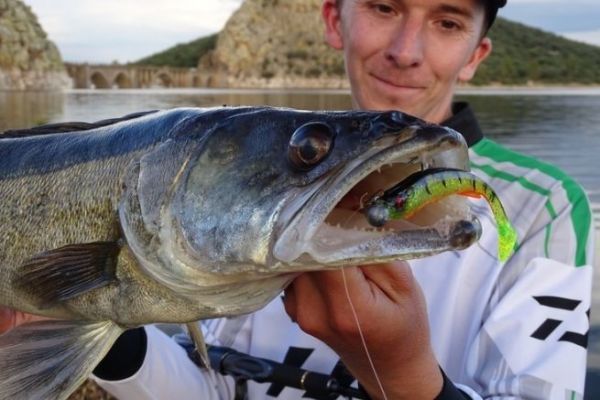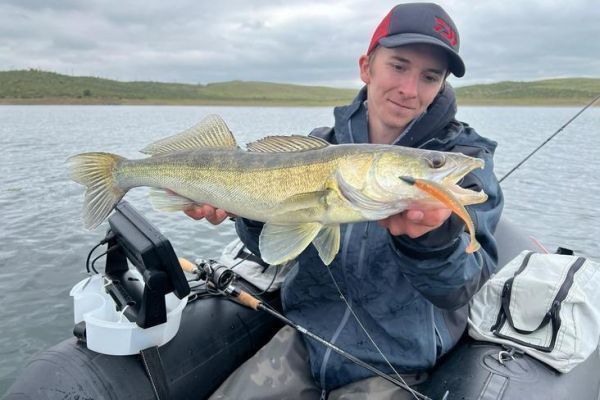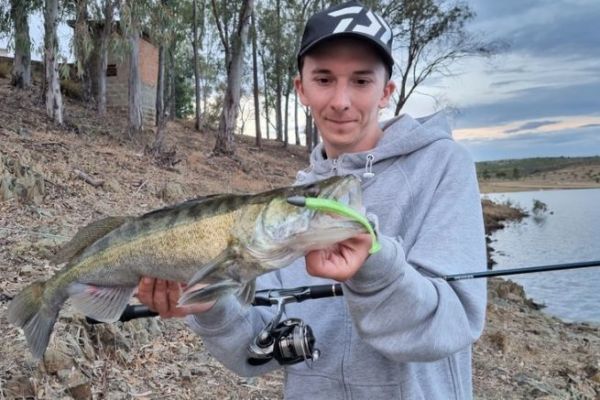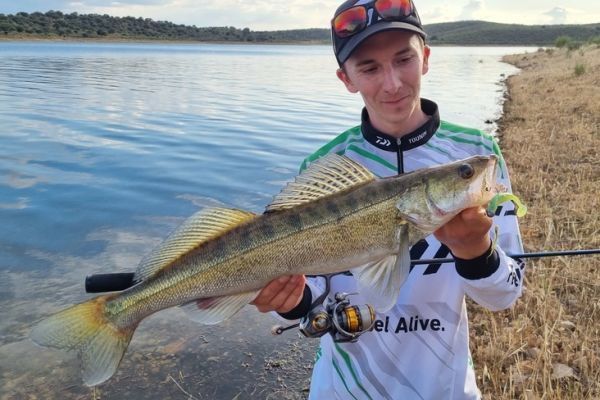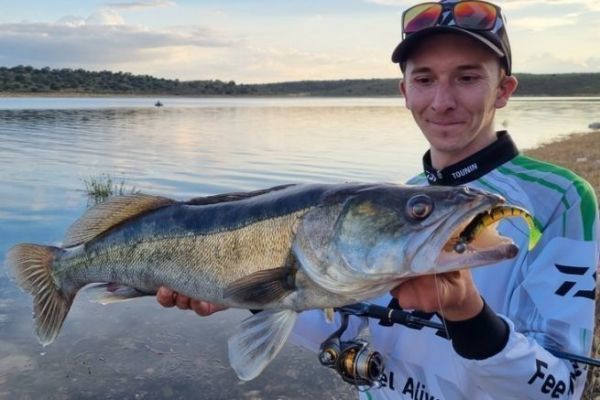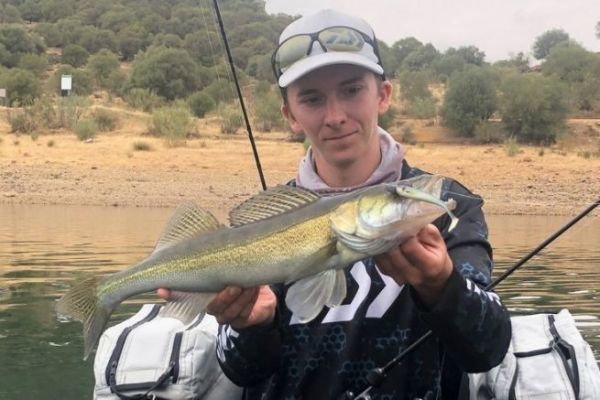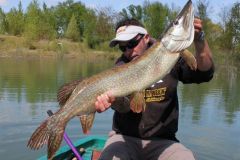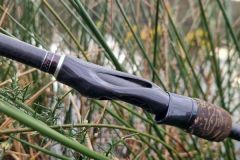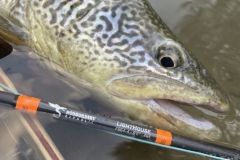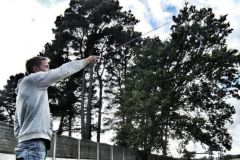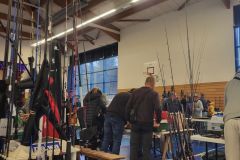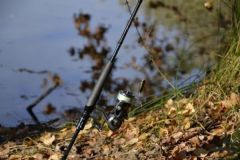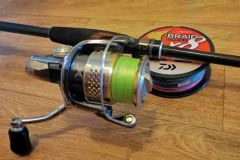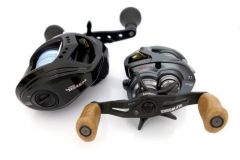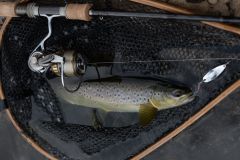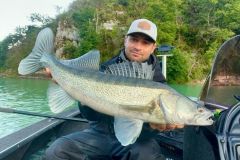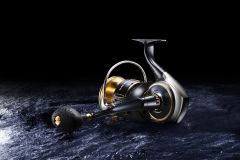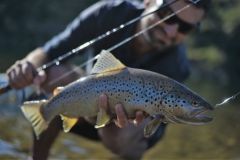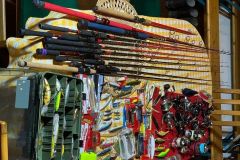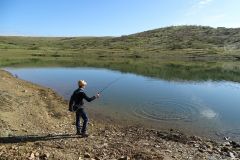The cane
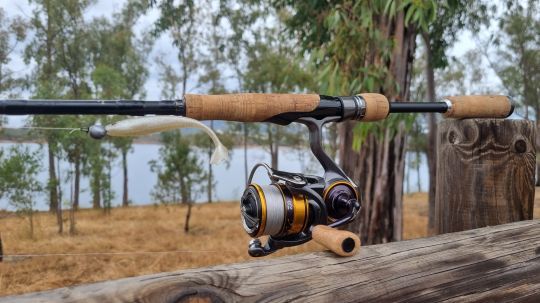
As with most shore fishing, pike-perch line fishing requires a long rod. Ideally, this should be a 2 m 40 rod, enabling us to propel lures over long distances. Generally speaking, the 5-21g and 7-28g power ranges are the most all-purpose and don't compromise between sensitivity and resistance. The ideal action depends mainly on your tastes: a fast rod will generally be more sensitive, but a soft tip makes it easier for the fish to bait the lure on contact.
If your budget allows, choose a rod with lightweight titanium guides or carbon guides, which are both light and give you a much better feel for the bottom, even when using very light lures.
The reel
Obviously, pike-perch fishing doesn't require a powerful or solid reel, as fights are generally short and not very intense. On the other hand, a very fluid reel is needed for more precise animation and greater fishing comfort. It's better to choose a reel with a small ratio, which is undeniably more fluid and above all more precise when you want to slow down your fishing to trigger bites.
Capacity is of little importance, as it is very rare for a pike-perch to take line and our casting distances rarely exceed 60 meters. The weight of the reel must be as low as possible, without unbalancing the whole with the rod, to offer us greater fishing comfort during long sessions.
Braid and leader
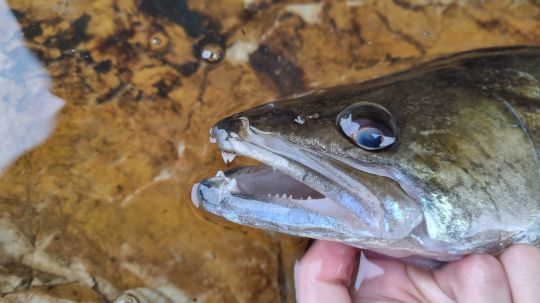
There are several options when it comes to choosing a braid for linear pike-perch fishing. The first is to use a very fine braid, increasing casting distances and reducing the banner effect so that the lure sinks faster. A thin braid is also more interesting in terms of sensitivity when fishing. However, a relatively thick braid can be used to force a banner effect in the line and slow down animations thanks to its lift in the water. A thicker braid can also allow the fish to suck in the lure more easily without having to bend the rod tip.
As far as the leader is concerned, a simple fluorocarbon between 22 and 30 hundredths will do the trick, depending on the size of the line and the average size of the fish you're after.


